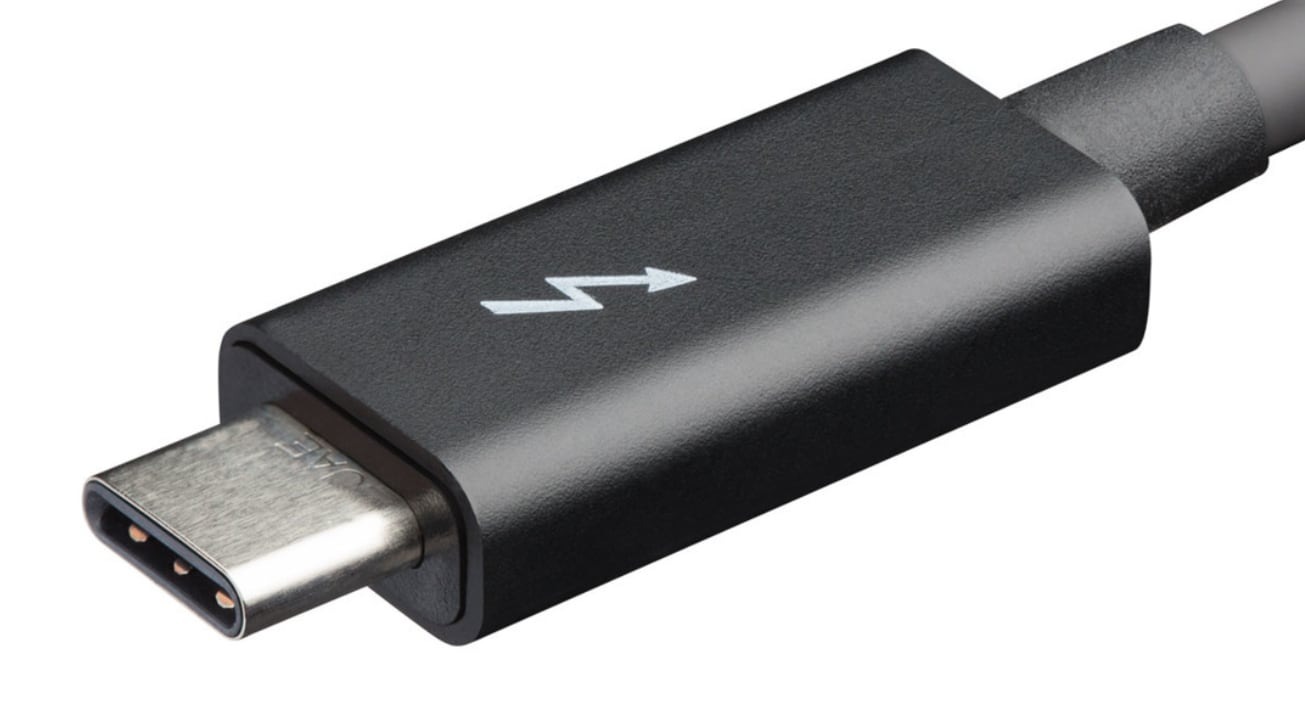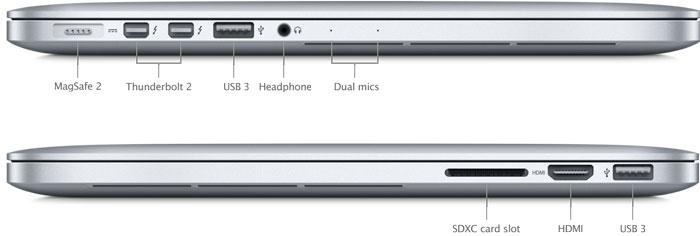

Before all of this, USB connectors came in different sizes: Type A, Type B, mini A, mini B, micro AB, and micro B. USB Type-C isn’t about the speed, it’s about the design. Use the chart below to get your head around USB speeds, and then we’ll talk about USB Type-C and Thunderbolt™. So that’s it in a nutshell, right? Wrong. So if you have a USB 3.1 host port, and a USB 3.1 device, but are using a USB 3.0 cable, you’ll still see speeds of 10 Gb/s.

As if this weren’t as confusing as pre-calculus, we now have USB 3.1 (also referred to as USB 3.1 Gen 2), with an amazing transfer rate of 10 Gb/s, and the ability to transfer at that rate over a standard USB 3.0 cable.

It’s backward compatible with USB 2.0 devices, but it will only transfer at the host computer port speed in other words, if you use a USB 3.0 port with a USB 2.0 device, the transfer speed will only top out at 480 Mb/s. Along comes USB 3.0 (also referred to as USB 3.1 Gen 1) with superior transfer speeds of 5 Gb/s (you read that right). In the same year, USB flash drives became a thing, and users were able to transfer data easily between a computer and flash drives at an appreciable rate and at a higher capacity than before. By the time USB 2.0 showed up in 2000, the speed had jumped to a whopping 480 Mb/s, and ports were backward compatible with older USB 1.1 devices-which meant your USB 1.1 device could work in a USB 2.0 port, but a USB 2.0 device would not work in a USB 1.1 port. Always concerned about backward compatibility, the USB 1.1 protocol came along, which allowed the speed to decrease to 1.5 Mb/s for slower devices. USB 1 debuted in 1995 with an amazing 12 Mb/s of speed. Unfortunately, no one told Apple, which continued to offer less popular connectors such as Firewire 400/800.
Usb 3 port for old mac serial#
USB took care of all of that by adding a “one ring to rule them all” mentality, with an interface (Universal Serial Bus) that was supposed to uniformly combine the speed and ease of a single interface into one connector.
Usb 3 port for old mac zip#
External hard drives? How about an old SCSI connector? And how about adding a ZIP drive with a colossal 100MB of space-that’s the equivalent of 85 floppy disks! I think you can find them on eBay, and they come with a free set of dentures. Your printer? Probably a gigantic parallel port connector that was about the size of a small flash drive these days. Your mouse and keyboard needed a dedicated PS/2 connector or serial port (oddly enough, many motherboards still have this as an option). If you were using and fixing computers back in the Pentium processor days, then you may remember the pain of trying to hook up peripherals to your computer. The same thing is happening to connections. Punk kids with your fancy Internet and your loud music. Now you kids come along with your newfangled LOLs and DDoS attacks and dual-band, tri-band rock band routers and 802.11 ac-what happened to good old-fashioned 802.11 a, b, g, and n? All relegated back to the alphabet, it seems, to be replaced by new combo terms like 802.11 ac and ax. Yes, I remember baud modems and BBS groups and ICQ messaging. I longed for the days when I recorded music to a cassette from my boombox (from AM radio stations, no less) and had to manually rewind it with a pencil stuck through the tape spool. Thinking back on those days, I was constantly barraged by new terms every day that made it difficult to slog through the buzzwords: single- and double-layer CDs, WAVs, AAC, OGG, and MP3s. I remember the days of 8-track tapes, but I also remember when tapes were surpassed by CDs, and CDs were surpassed by MP3s, and now how MP3s are being taken over by streaming music sources. Things change so quickly in the tech space that even professionals sometimes find themselves stymied by the incessant and confusing terminology surrounding certain protocols (like the ones we're going to discuss today - Thunderbolt and USB).


 0 kommentar(er)
0 kommentar(er)
